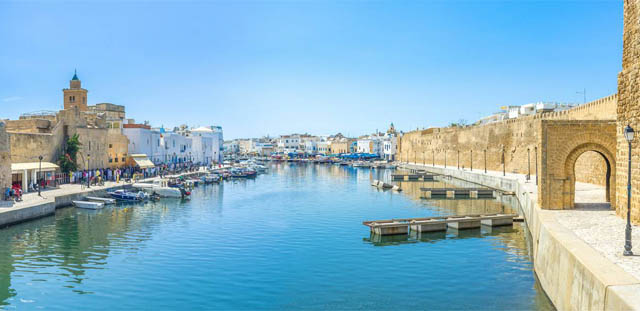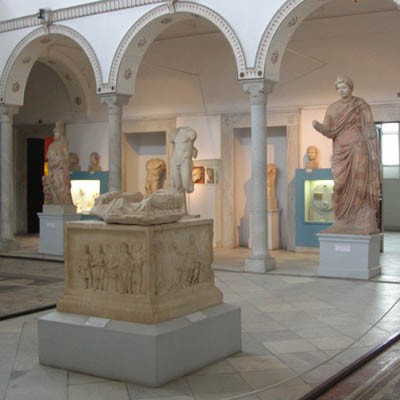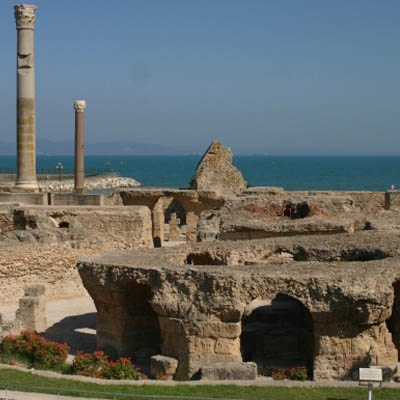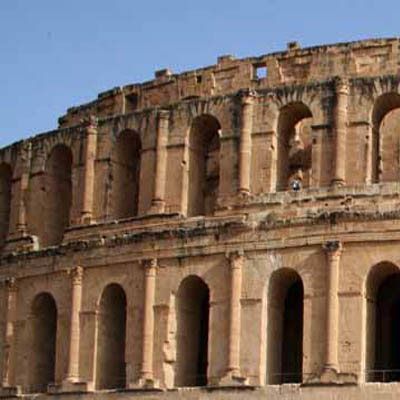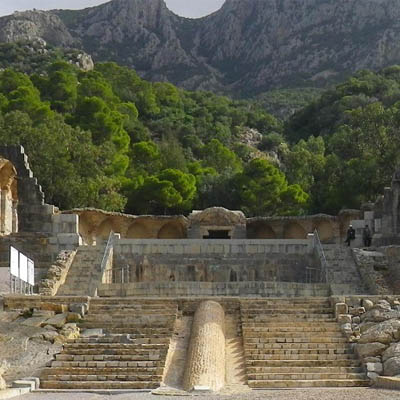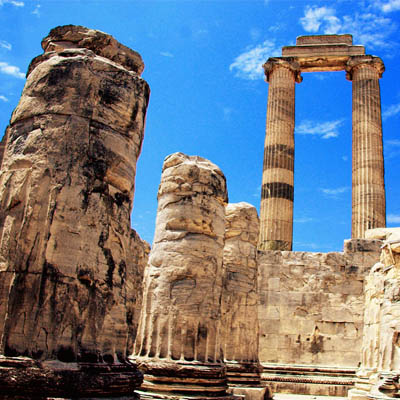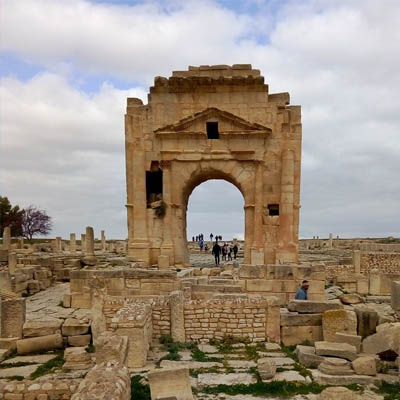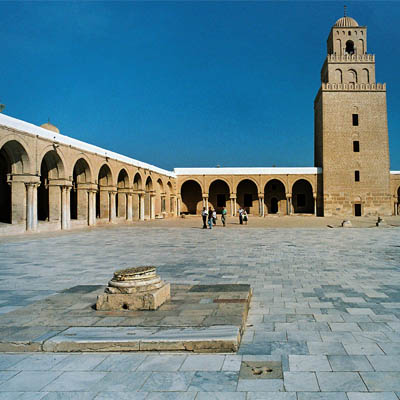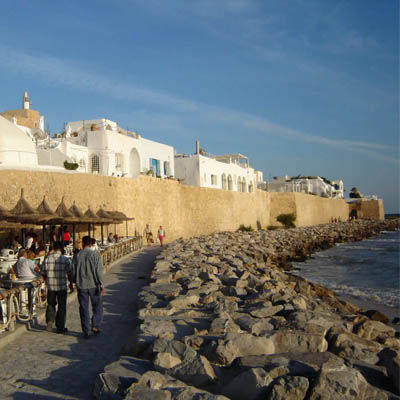Tunis - Carthage
We will visit the Bardo Museum, famous for its mosaics and statuary of Roman times but also for the remains of the Punic and Byzantine era.
Read more...
Then walk inside the medina and its vestige period Muradite and Husseinite, continue to Carthage and visit the monuments of the "great" Carthage. During the visits of these sites, we will discuss the Channani discourse as they define themselves or these phoinikes as the Greeks make known, one of their major thinkers calling them the ultimate distinction: "thalasso bio toi" or people from the sea, living from the sea ...
Continuation of the visit of the northern suburbs with the splendid village of Sidi Bou Saïd nestled on the mount of "Manar" it is called the hill of the lighthouse, burial place of the holy man who gave his name to the village.
Thubarbo majus - Zaghouan
Departure to the city of Zaghouan 60km from the capital, visit the water temple, "nympheum" of the Roman era and the Andalusian district.
Read more...
Then return to Thubarbo majus El Fahs following the route of the Adriatic aqueduct that provided drinking water to Carthage. On the way to the first destination, we must mention the site of the Oudhna, the Roman Uthina, whose excavations are not yet finished but which, strange for this rural city, has one of the most important capitoliums. impressive Roman world ...
Utique - Bizerte
Departure from Tunis to "Utica": the first site founded by the Phoenicians at the end of the 2nd millennium BC ancient capital of Roman Africa (before Carthage)!
Read more...
Famous for its magnificent Roman villas from the 3rd century AD. We will visit his museum. Continuation to Bizerte, a city both historical and tourist with its Spanish fort and its beautiful medina of Andalusian time. Note in the extension of Bizerte, Roman hypo diarritus, the site of El Meleh station or porrto farina.


